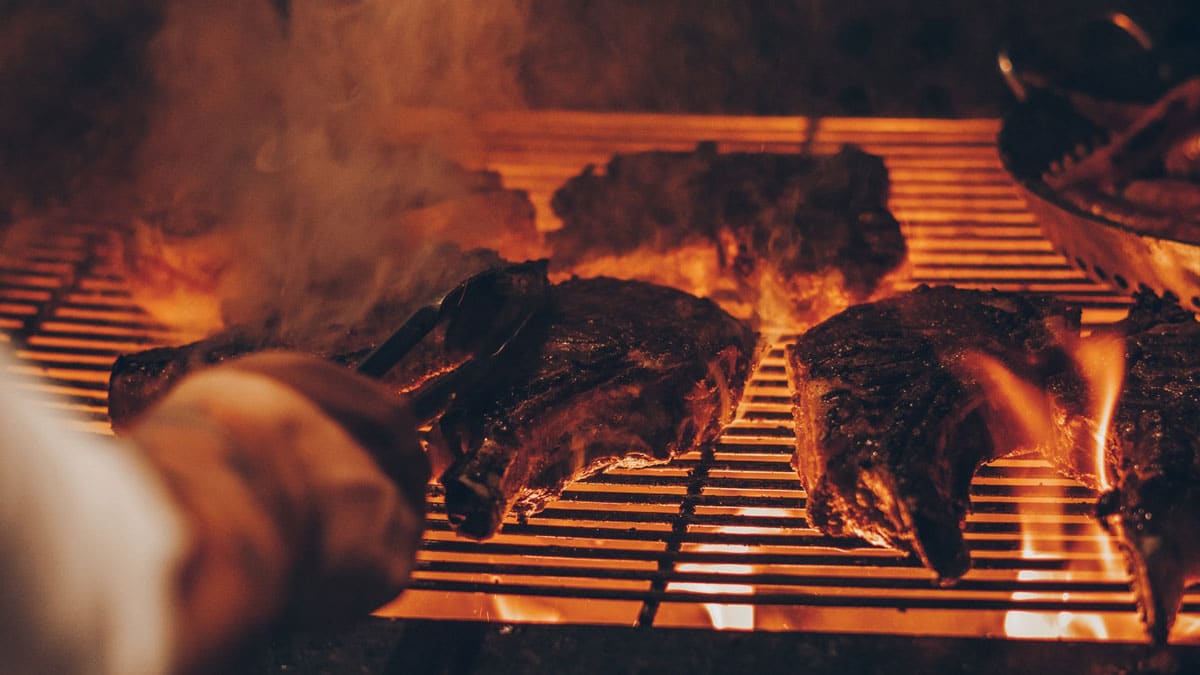Michael Richards
TVWBB Emerald Member
Some of you may have got this in your email also, but I thought it was good enough to post. You see them pushing there products more as the myths go on. I thought the most interesting one was the first myth. Also later in myth 4 I thought it there was an interesting case for the reverse sear method.

 buythermopro.com
buythermopro.com

Myths in Grilling Steak Debunked | Wireless Bluetooth Meat Thermometer | Thermopro
Table of Contents When you think of a dish you can serve anytime that guests will surely love, you can never go wrong with a steak. Whether it’s for family dinner, date night, or just for a simple get together. Search for “how to cook steak” and you’ll come across with thousands (if not...
